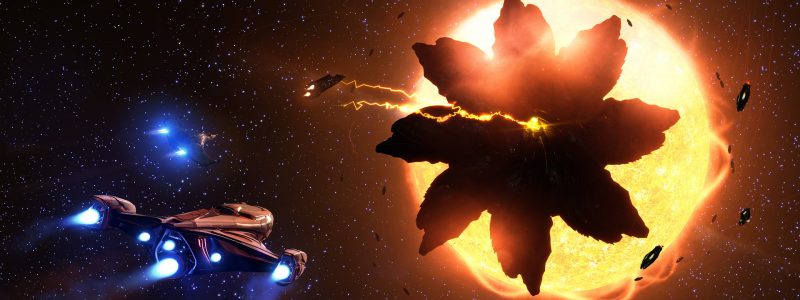So I've been playing around with the interactive galmap at and I've got a technical question. I don't know too much about the stellar forge and how it generated the galaxy, so please point out if you see holes in my logic.
Are nebulae spread evenly throughout the galaxy in proportion to the star density in a given region? In other words, since the star density in the core is so much higher in the core, can we expect there to be many more nebulae in that region compared to say, the Inner Orion Spur? Are there as many nebulae per star in the core as other regions of the galaxy?
I'm curious because based on the galmap, discovered planetary nebulae seem to be concentrated around the colonia-sag A corridor and around the bubble. Discovered nebulae are concentrated around the bubble, the area between the bubble-colonia and bubble-sag A corridors, and along the colonia-beagle point and sag A-beagle point corridors. What explains this?
Ordinary nebulae are visible from the galaxy map, so I'm guessing the number of undiscovered ones isn't very high, right? Since someone could just scan through the galaxy map to find them? What then explains why more discovered ones aren't found in the core portions of the the colonia-sag A corridor and the bubble-sag A corridor?
Now the thing is, the bubble-colonia-sag A triangle isn't representative of the rest of the galaxy in terms of system traffic because pilots are mostly using discovered neutron stars, and these receive much more traffic than the rest of the galaxy.
But, if we assume that planetary nebulae, for example, are generated with the same frequency per star throughout the galaxy, commanders who are mostly jumping to unexplored systems, which is the case through the rest of the galaxy, should have an equal chance of stumbling onto a planetary nebula everywhere, right? Why then do we not see lines of discovered planetary nebulae along the relatively more trafficked routes through, for example, the Arcadian Stream, Norma Expanse, and Trojan Belt? Doesn't this imply that planetary nebulae aren't evenly generated?
TLDR: What explains why in the non-core and non-bubble regions of the galaxy, discovered planetary nebulae are so much rarer? Is it because their generation rate isn't proportional to star density?







